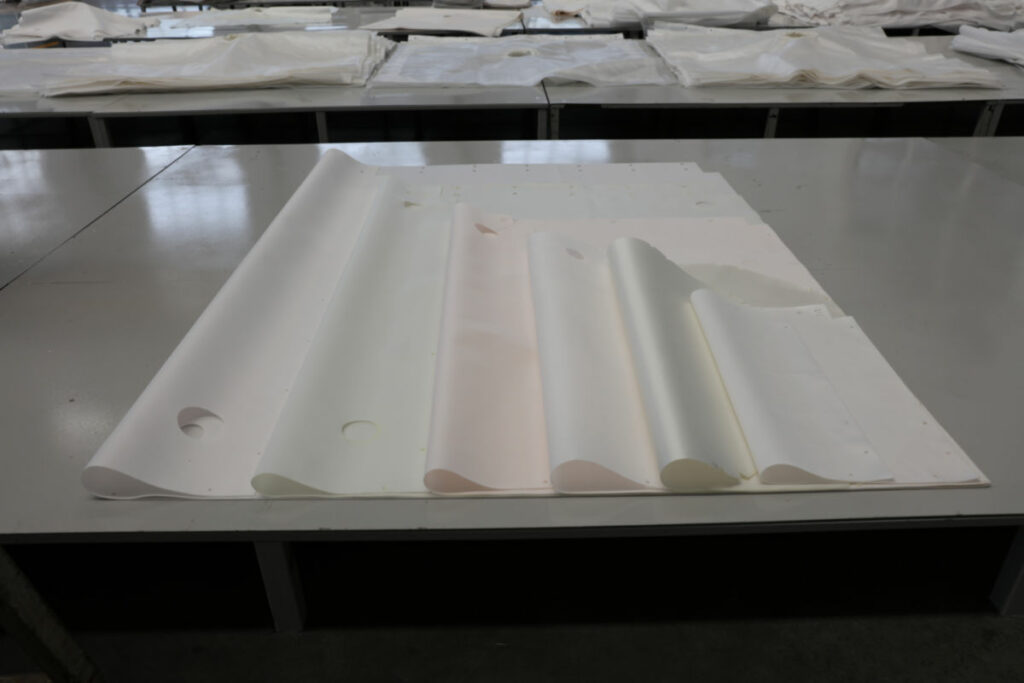Whether you need clean drinking water for your home or to treat wastewater from industrial processes, proper filtration is essential. There are a few common options for filtration, each with their pros and cons.
Water Filter Cloth

Some of the simplest water filters use fabric filtration to catch large particulates. Often made from cloth like cotton, these water filter cloths have large pore sizes so they aren’t very effective at removing small particles or dissolved contaminants. However, they are low cost and can remove sediment and debris. Water filter cloths require regular cleaning and replacement.
Water Filter Press
For more thorough liquid-solid separation, a water filter press can be as used. A filter press consists of a chamber that holds filter plates and cloth diaphragm filters. As water is pumped into the chamber, suspended solids get trapped on the cloth filters while the filtered water passes through. The filter plates are then turned to compress the filter cloths and squeeze out the trapped solids. Filter presses are often used in wastewater treatment and industrial processes to produce very high quality filtration. However, they require more maintenance and have higher costs.
Wastewater Filter Press
A specialized type of filter press called a wastewater filter press is commonly used for liquid-solid separation in sewage treatment and many industrial wastewater streams. For wastewater applications, filter presses offer consistent low suspended solid levels in the effluent water as well as a dry filter cake of captured solids for easy disposal. Filters for wastewater filter presses must often be chemically resistant and handle abrasive particles.
- Designed specifically for high suspended solids between 500-5,000 ppm
- Produce dry filter cakes with 15-35% solids content
- Use special filter cloths that tolerate harsh chemicals and abrasives
- Common in industrial wastewater applications like mining, food processing, chemicals
- Generate less sludge volume for disposal compared to other methods
- Higher capital and operating costs than other filters